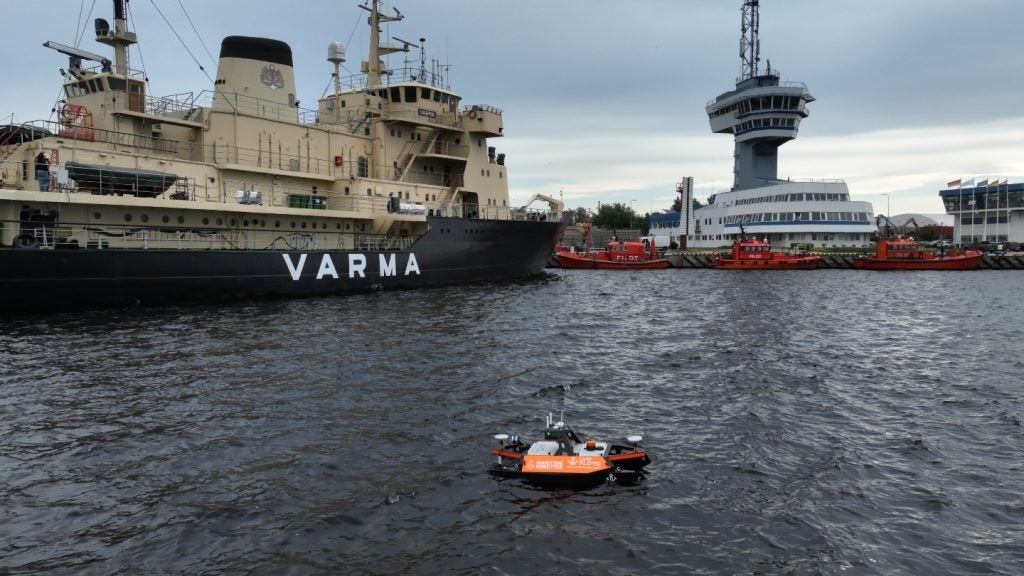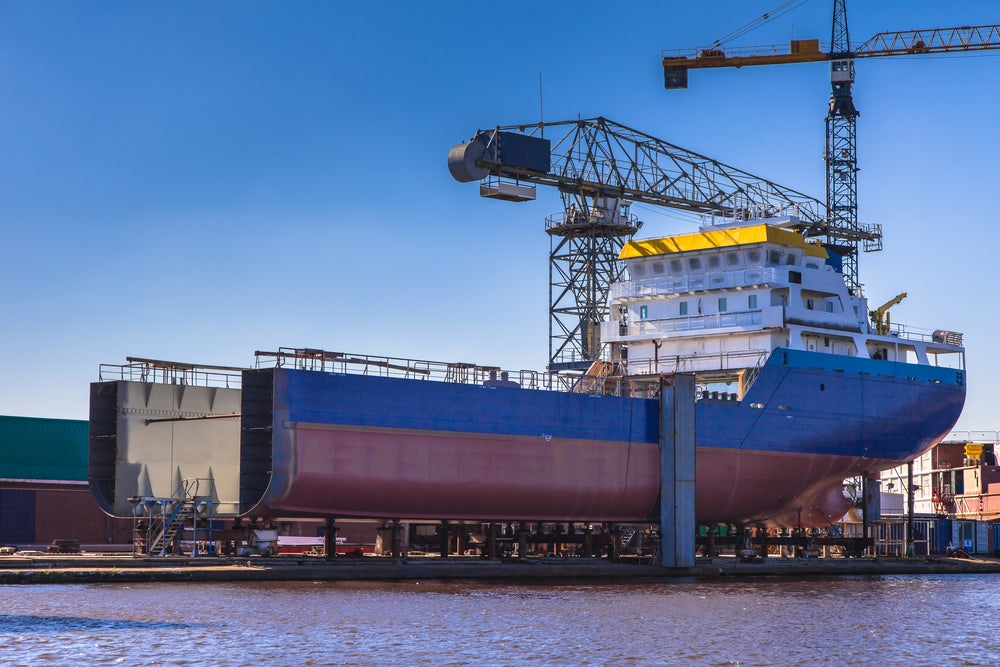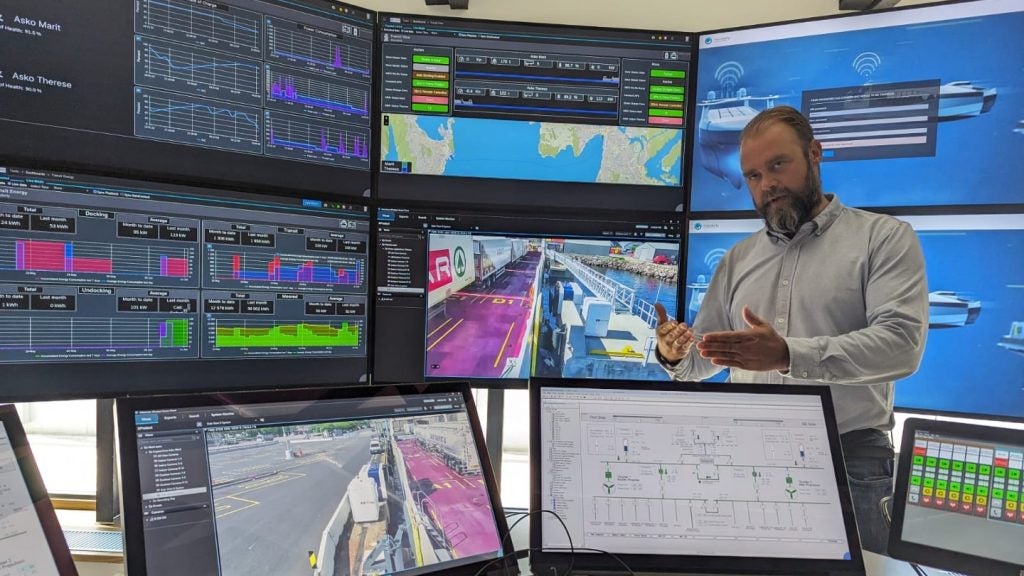
Norwegian maritime technology group Kongsberg Maritime has selected Sonihull to supply ultrasonic anti-fouling systems.
The deal covers all applications in the Kongsberg Maritime’s range of Kamewa waterjets.
Sonihull CEO Darren Rowlands said: “Kongsberg Maritime has a very wide field of operation and we can help to improve efficiencies in multiple applications.
“Our technology unlocks significant margins within existing vessel systems, which extends the viability of the world’s fleet without damaging the environment or impacting operator viability.”
Rowlands explained that Sonihull systems can improve long-term fuel economy by up to 20% in waterjet and propeller applications. In other applications such as box cooler installations, the systems can reduce capital and maintenance, repair, and operation (MRO) costs by up to 95%.
The target markets for the majority of waterjet installations are high-performance defence and patrol applications or time-critical transportation. Reducing downtime and improving mean time between overhauls (MTBO) is critical in these sectors.
How well do you really know your competitors?
Access the most comprehensive Company Profiles on the market, powered by GlobalData. Save hours of research. Gain competitive edge.

Thank you!
Your download email will arrive shortly
Not ready to buy yet? Download a free sample
We are confident about the unique quality of our Company Profiles. However, we want you to make the most beneficial decision for your business, so we offer a free sample that you can download by submitting the below form
By GlobalDataBy installing a Sonihull transducer onto the surface of the jet drive near the impeller, housing inspection cover, regular antifouling and cleaning regimes in these applications can be avoided, Sonihull said.
The location guarantees that all the surfaces that are in contact with water receive an ultrasonic signal transmitted through them.
Sonihull added that its system generates multiple pulses of targeted ultrasound frequencies.
These pulses spread across the waterjet, creating a pattern of increasing and decreasing pressure on the surface of the material.






